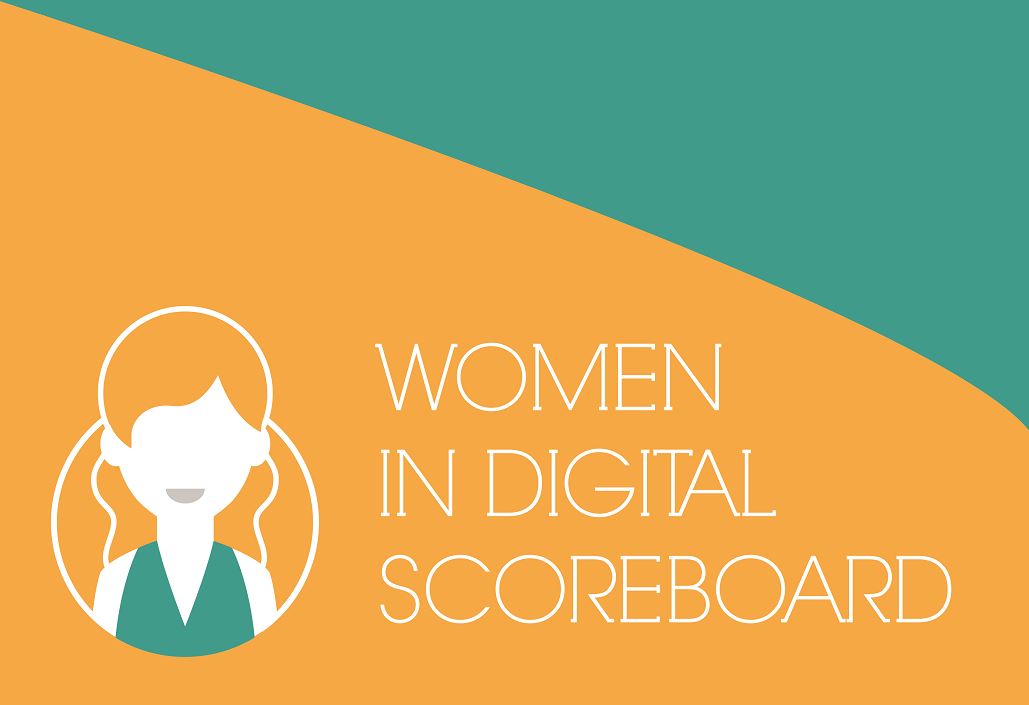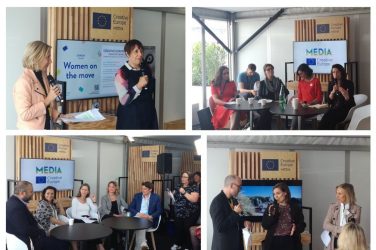The scoreboard assesses EU countries’ performance in the areas of specialist skills and employment, as well as internet use and internet user skills, based on 13 indicators.
Commissioner for Digital Economy and Society, Mariya Gabriel, said:
I hope that by 2020 we will see a real inclusive digital economy, with equal participation and remuneration between men and women. We need to act now, not only because it is fair but also because it is good for the economy. The WiD scoreboard helps us to understand the root causes of the problem and act with targeted measures, driving more relevant and fact-based actions.
Women’s participation in the digital field is still lagging behind in several areas. Some of the key findings from the WiD scoreboard show that:
- There is a gender gap in all the 13 indicators at EU level. The gap is largest in ICT specialist skills and employment.
- Only 17% of ICT specialists are women. The same ratio for STEM graduates is 34%.
- Women in the information and communication sector earn 19% less than men.
- In digital skills the gender gap is of 11%. The gap is higher for above basic skills and especially for those above 55 years.
- There is a strong correlation between the WiD scoreboard and the Digital Economy and Society Index (DESI). Member States who lead in women in digital are also leaders in digital competitiveness.
- Just like last year, Finland, Sweden, Luxembourg and Denmark have the highest score on the WiD scoreboard.
- Women are the least digital in Bulgaria, Romania, Greece and Italy, marking no change from last year.
The scoreboard assesses Member States’ performance in the areas of Internet use, Internet user skills as well as specialist skills and employment based on 13 indicators. As of 2019, the WiD scoreboard is an integral part of the DESI.
Twenty-six Member States signed the Declaration of commitment on women in digital at Digital Day on 9 April 2019. One of the Declaration’s actions is to continuously improve the monitoring mechanisms and indicators on the evolution of women’ engagement and participation in the digital economy and society. This will help set informed national targets aligned with the Scoreboard indicators.
Background
The WiD scoreboard was launched last year. The Commission’s study “Women in the Digital Age” (2018) confirmed the growing gap between men and women’s participation in the digital sector. Fewer women were taking up higher education in STEM fields and when they did, they did not opt for a career in the ICT sector. Based on its findings, Commissioner Gabriel put forth a strategy to increase women’s participation in the digital economy, focusing on three areas:
- Challenging gender stereotypes in the digital economy;
- Promoting girls’ and women’s digital skills and education;
- Advocating for more women entrepreneurs and innovators.












Show Comments